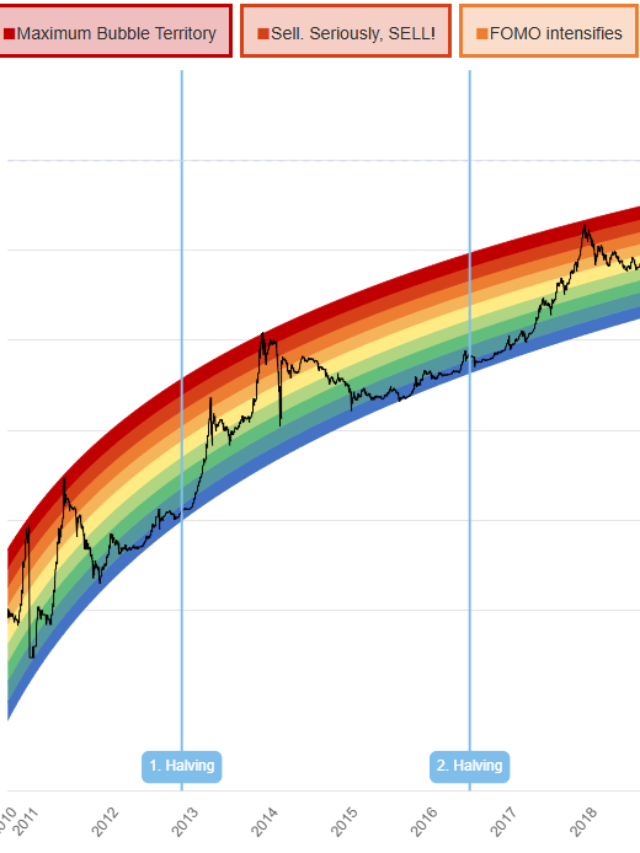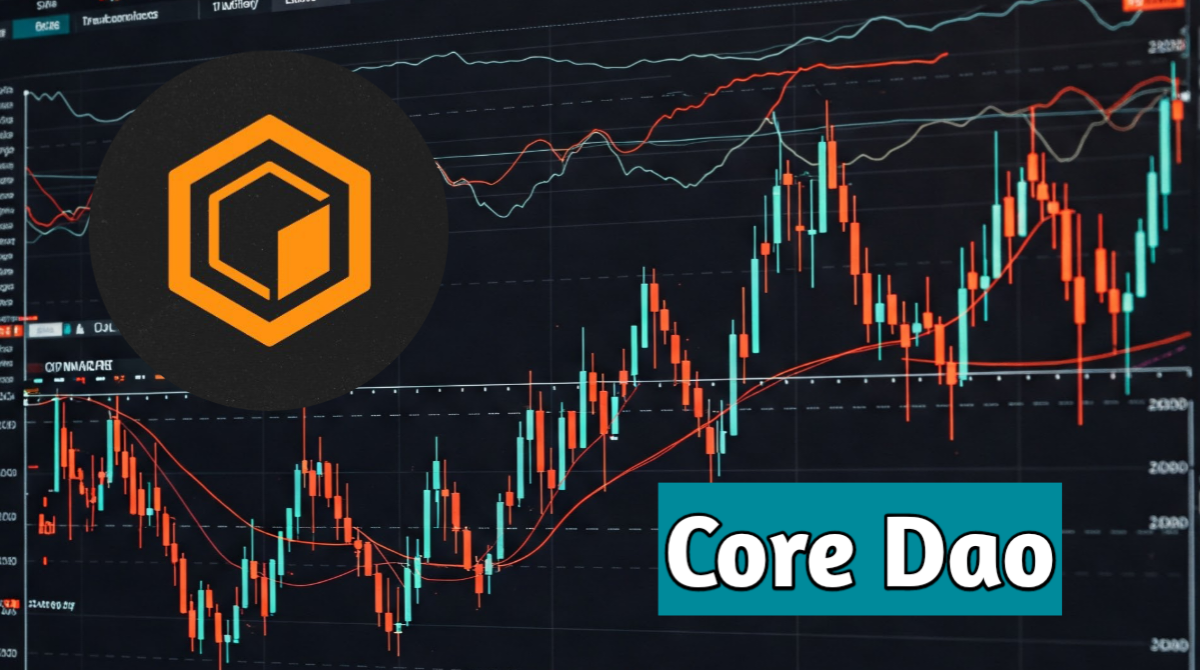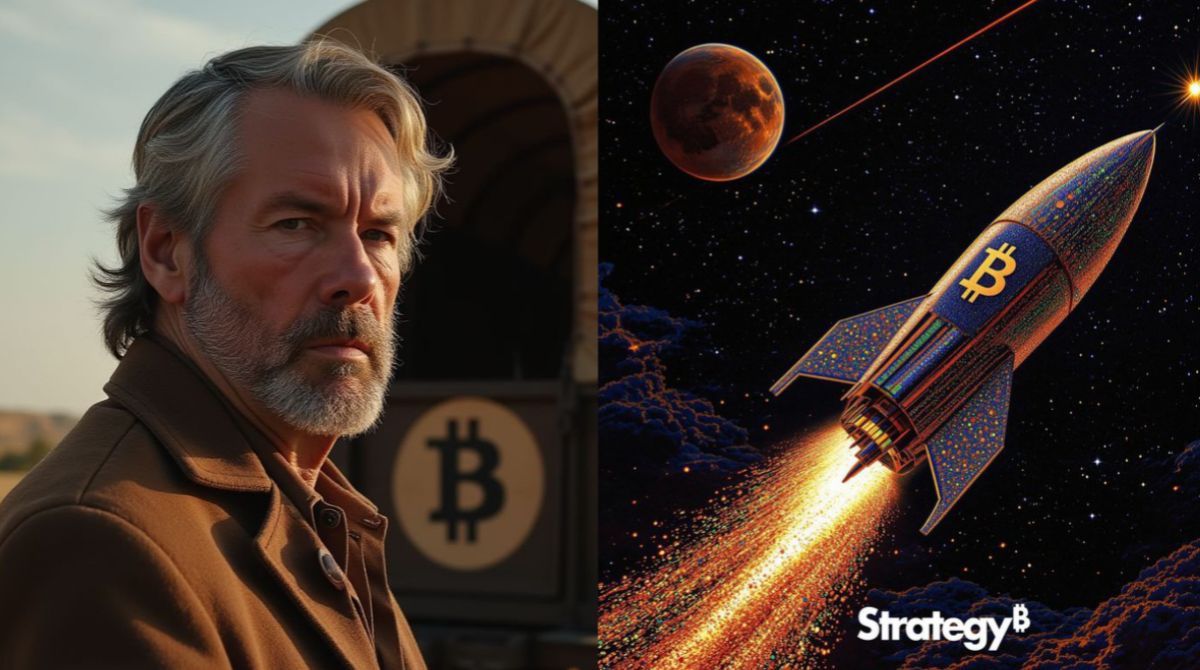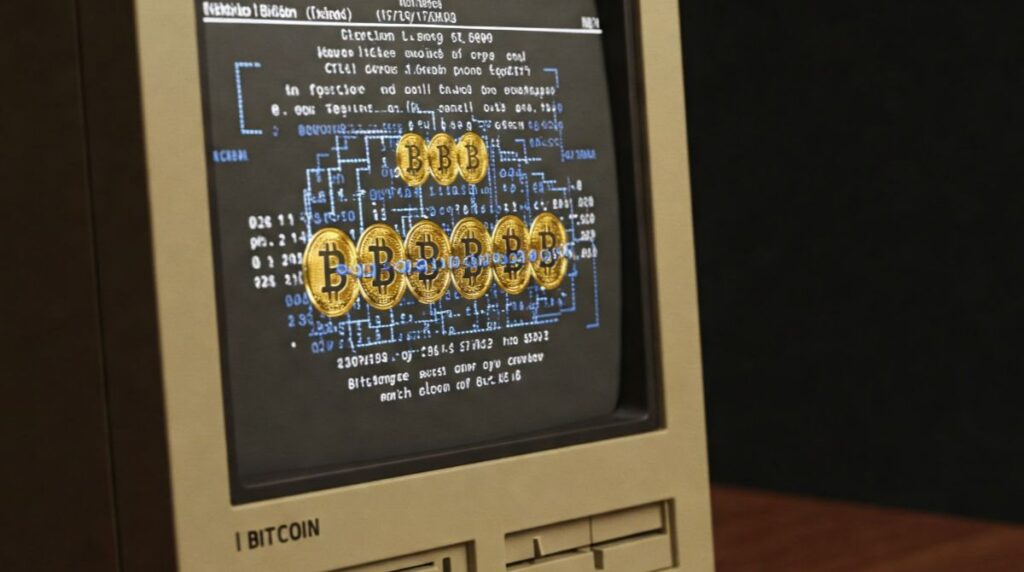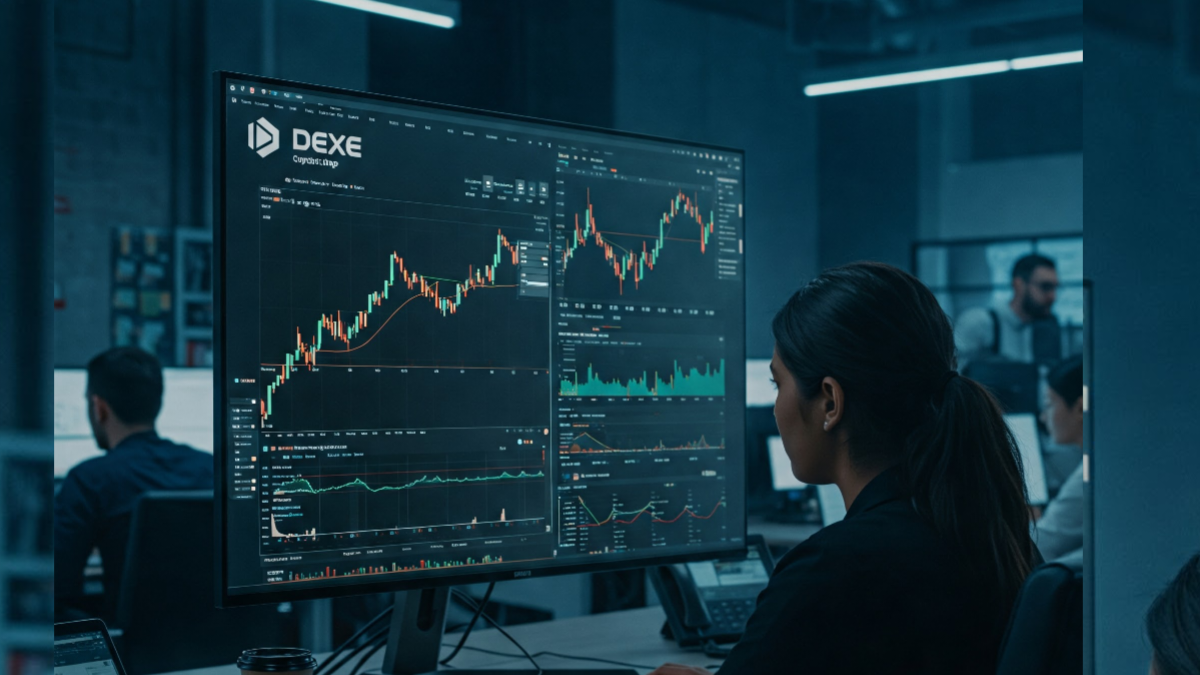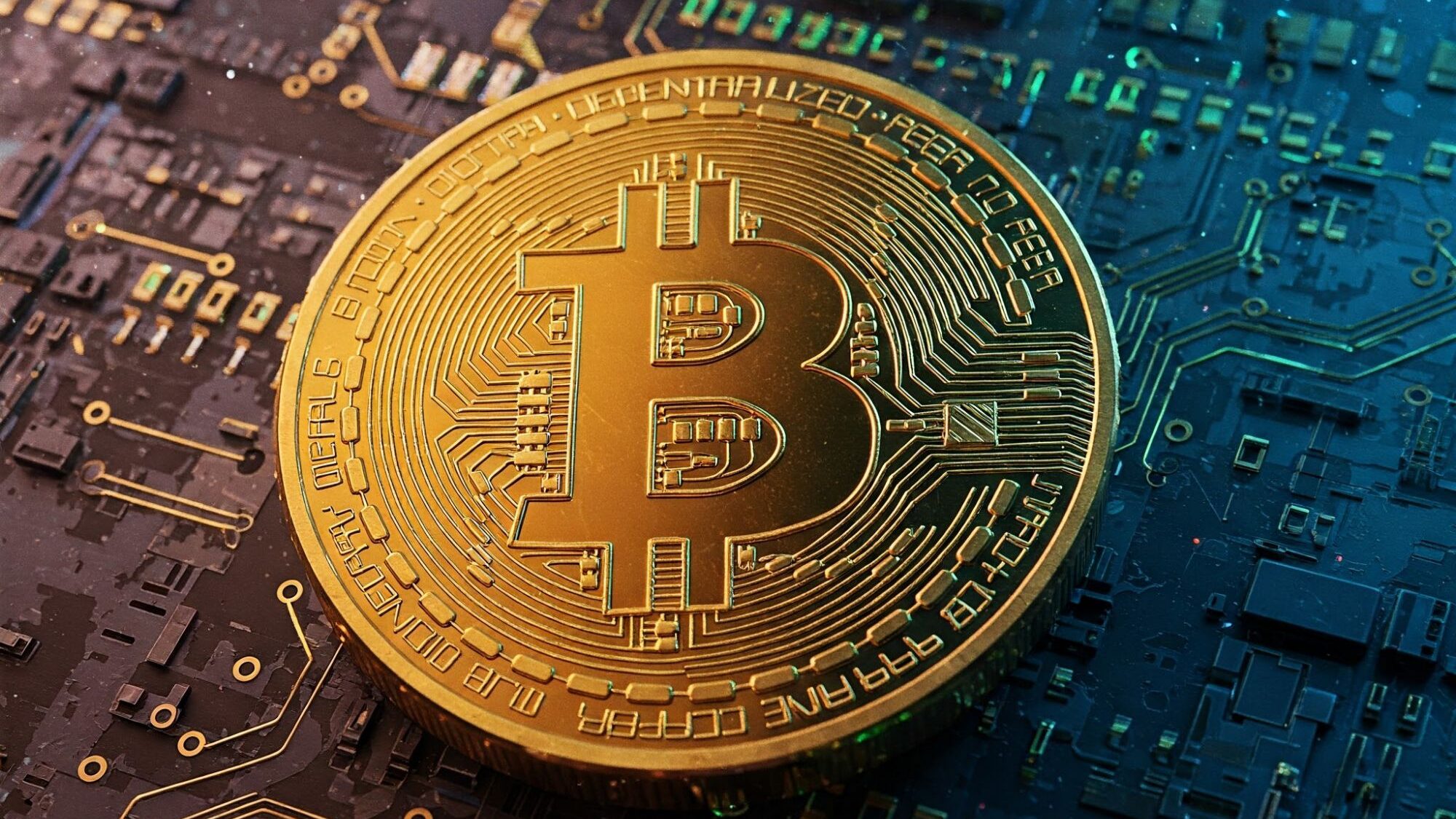Core Coin (tentatively referred to as $CORE) is a cryptocurrency designed to power a scalable, decentralized ecosystem focused on interoperability, DeFi, and Web3 applications. While specifics about Core Coin may vary depending on its underlying blockchain (e.g., Core DAO, SCP-based chain, or a hypothetical project), this analysis assumes that it operates within a framework similar to Ethereum or Cosmos but with unique value propositions such as a hybrid consensus mechanism, EVM compatibility, and cross-chain functionality. Below, we explore potential use cases for Core Coin and provide a speculative price forecast for 2025, based on market trends, adoption metrics, and technological advancements.
Use Cases of Core Coin
For any cryptocurrency to thrive, it must solve real-world problems or improve existing systems. The value of Core Coin depends on the following use cases:
1. Decentralized Finance (DeFi)
Core Coin can serve as the backbone of a DeFi ecosystem, enabling lending, borrowing, staking, and yield farming. If integrated with decentralized exchanges (DEXs) or liquidity protocols, $CORE will function as follows:
- Collateral: Users lock up $CORE to borrow stablecoins or other assets.
- Governance: Holders vote on protocol upgrades or fee structures.
- Rewards: Liquidity providers earn $CORE for participating in pools.
A strong DeFi ecosystem will drive demand for $CORE, especially if it offers lower fees or faster transactions than competitors like Ethereum.
2. Smart Contracts and dApps
If Core Coin’s blockchain supports smart contracts, developers can create decentralized applications (dApps) for industries like gaming, supply chain, and healthcare. For example:
- NFT Marketplace: Minting and trading NFTs using $CORE as a gas fee.
- Enterprise Solutions: Businesses using $CORE to automate contracts or track assets.
EVM compatibility will attract Ethereum developers, creating network effects.
3. Cross-Chain Interoperability
Core Coin could specialize in connecting different blockchains (e.g., Bitcoin, Ethereum, Polkadot). By enabling asset transfers across chains, $CORE can become the “glue” of Web3, with use cases such as:
- Wrapped Assets: Representing Bitcoin or Ethereum on Core’s chain.
- Multi-chain dApps: Applications that leverage data from multiple networks.
Interoperability is a key requirement in crypto, which positions $CORE as a high-utility token.
4. Governance and DAOs
Decentralized autonomous organizations (DAOs) rely on governance tokens to make decisions. If $CORE holders can vote on treasury management, partnerships, or protocol changes, the token gains intrinsic value.
5. Scalability Solutions
Core Coin can employ innovative consensus mechanisms (e.g., a mix of proof-of-work and proof-of-stake) to achieve higher throughput. This would attract users frustrated by Ethereum’s congestion or Solana’s downtime.
6. Real-world adoption
Partnerships with enterprises or governments for CBDCs, payment systems, or digital identity solutions could further propel $CORE into mainstream finance.
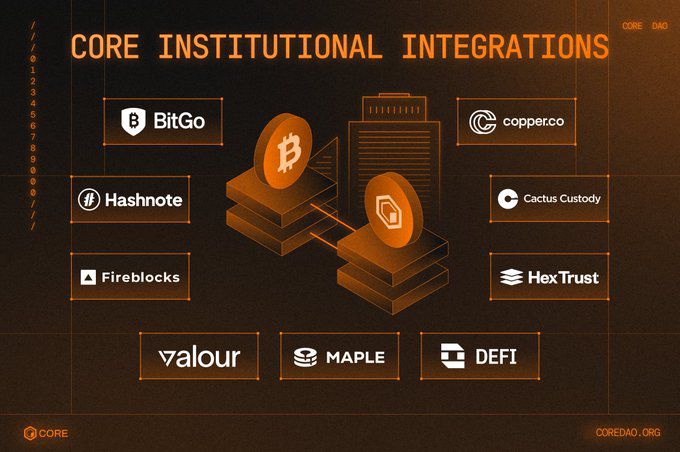
Factors influencing Core Coin’s price in 2025
Predicting cryptocurrency prices is inherently speculative, but these factors will shape $CORE’s trajectory:
- Adoption rate: Growth in total value locked (TVL) in active wallets, dApps, and DeFi.
- Market sentiment: Bitcoin’s bull/bear cycles historically dictate altcoin trends.
- Regulation: Favorable policies (e.g., clear crypto taxation) could boost demand; restrictions would hurt it.
- Technology: Successful upgrades (e.g., sharding, zero-knowledge proofs) improve scalability. 5. Competition: Outperforming rivals such as Ethereum, Cardano or Avalanche is important. 6. Macroeconomic conditions: Inflation, interest rates and global liquidity affect crypto markets. — ### **Core Coin Price Prediction for 2025 To predict the price of $CORE in 2025, we analyze three scenarios based on adoption, market capitalization potential and historical crypto growth patterns. #### *1. Optimistic Scenario ($15–$30)* – Assumptions: Core Coin captures a 1–2% share of the total crypto market capitalization (projected to reach $5–$10 trillion by 2025). Major partnerships with enterprises or governments. Successful migration to a scalable, energy-efficient consensus mechanism. – DeFi TVL on CORE’s blockchain is over $50 billion.
Below is a table summarizing Core Coin (CORE) price predictions for 2025 based on three scenarios: Optimistic, Moderate, and Pessimistic. These predictions are speculative and depend on factors such as adoption, market conditions, and technological advancements.
| Scenario | Assumptions | Market Capitalization Assumptions | Value per Core (1B Supply) |
|---|---|---|---|
| Optimistic | – Major partnerships and enterprise adoption. – DeFi TVL exceeds $50B. | $16 billion | $16 |
| Moderate | – Stable adoption in DeFi and NFTs. – Moderate regulatory clarity. | $6 billion | $6 |
| Pessimistic | – Struggling with competition and technical setbacks. – Crypto market remains stagnant. – Limited adoption in niche use cases. | $1 billion | $1 |
Key Notes:
- Market Cap Calculation: Price = Market Cap / Circulating Supply (assuming 5 billion cores).
- Total Crypto Market Cap: Projected to grow to $5–$10 trillion by 2025, depending on adoption and macroeconomic factors.
- Factors Influencing Price:
- Adoption in DeFi, NFTs, and cross-chain interoperability.
- Regulatory environment and competition.
- Technological advancements and scalability.
This table provides a high-level overview of potential price ranges for Core Coin in 2025. Investors should do further research and consider the risks before making a decision.
Michael Saylor and the Bitcoin Investment Revolution: A Bold Vision for the Future
Disclaimer: This analysis is speculative and is not financial advice. Cryptocurrencies are highly volatile; only invest as much as you can afford to lose.





